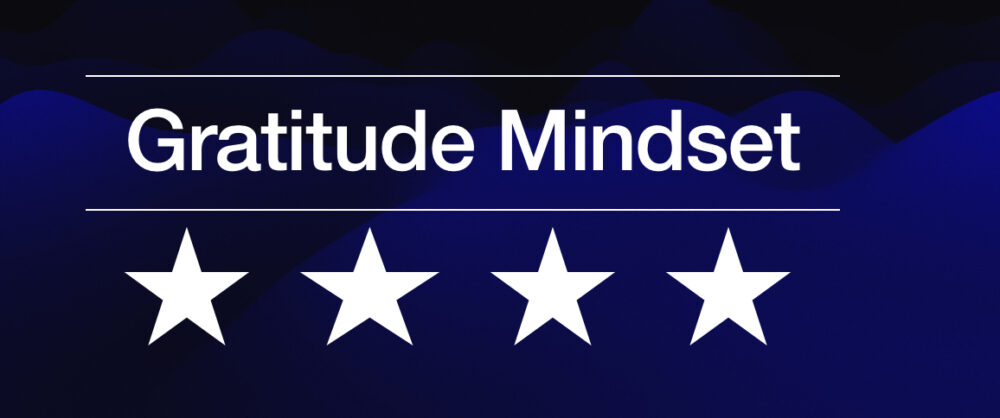Building Wealth, along with good health and emotional well-being, can be viewed as an important component for a happy life.
However, it is important to remember that wealth cannot by itself buy or guarantee happiness or love, but it can help us get peace of mind. It can offer us the freedom to do what we enjoy (which can lead to happiness), and let us take care of our physical, emotional and mental well-being.
Wealth means having enough personal capital to achieve financial freedom, to do what you want, when you want.
Here are three keys to successfully building wealth:
-
- Wealth Building Mindset: Life is measured by the value we create for others –our family and friends, stakeholders, and society at large – and the useful things we do in life. For instance, Warren Buffett still makes a lot of personal wealth each year but donates 99 percent of it to the Bill and Melinda Gates Foundation. Wealth gives us the freedom to make the world (or even a tiny portion of it) better. It enables us to let our family members live a life of comfort. Yet, creating wealth is not an end in itself, but a means to an end, which is to make life better for ourselves and others and for making an impact in the world.
- Continue to learn and grow (know your “circle of competence”): Just because you invested in the market doesn’t mean the market is obligated to generate wealth for you. It’s your duty to improve yourself continuously. The best ways to do this are to study the history of investing, to learn the strategies of successful investing and to sharpen your circle of competence. The market functions to an extent like Nature does – according to its own rules, regulations, laws and sentiment. It’s your duty to build the required skills to succeed in the market and build your “circle of competence,” a term coined by Warren Buffett. In his 1996 letter to shareholders, Buffett explained: “You don’t have to be an expert on every company, or even many. You only have to be able to evaluate companies within your circle of competence. The size of that circle is not very important; knowing its boundaries, however, is vital.” A circle of competence is a subject area that matches our skill or expertise. To be successful, we must leverage it, which means we must focus on depth in specific areas that we understand well instead of superficial breadth. Understanding your circle of competence helps you avoid problems, learn from others, and make better decisions. That’s when the market yields to you and lets you generate wealth.
- Mindset, Focus, Patience and Discipline are quintessential traits: The market is volatile and will always remain volatile. And, you won’t last in it ifii you cannot handle the market’s volatility and manage your emotions. Doing this means reining in knee-jerk reactions and instead, building long-term perspectives and sticking to them. This is why mindset, focus, patience and discipline are your best friends if you want to generate long-term wealth. You must become immune to impulsive emotions of fear and greed, learn to temper the craziness around you, and to focus on the long term. When you learn to rein impulsive emotions, you build: 1) The astuteness to identify valuable businesses worth investing in, 2) The discipline to buy them at attractive prices, and, 3) The wisdom to stay the course when the majority of the market changes direction impulsively.
It’s been the patient, disciplined and focused on the long term investors that has had the best success building wealth over the long term
References:


